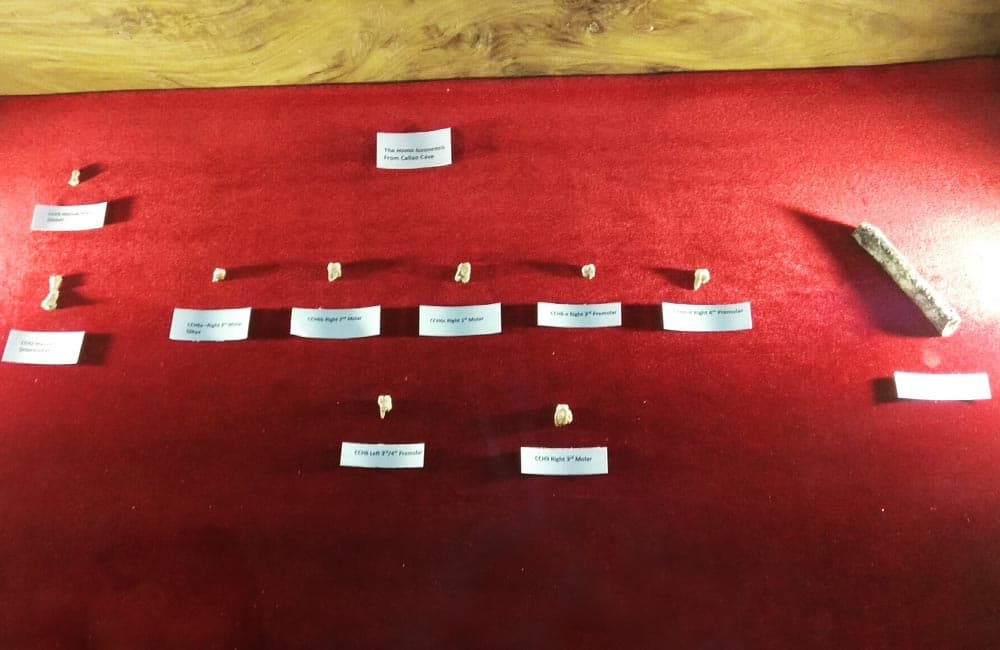Homo Luzonensis
Locally known as “Ubag,” Homo luzonensis is the name of an archaic human discovered in Luzon, the Philippines. Based on the remains, it is possible that it was pygmy in species. Aside from that, they likely lived in the Late Pleistocene Era. The phalanges and teeth are the most prominent features of the remains. It lived in the Callao Cave and probably dragged carcasses of deer into the cave. It would then use handmade tools to cook the meat. The local name came from a Philippine legend about a mythical caveman that was initially thought to be Homo erectus. In 2019, it was revealed that it deserved a classification of its own. This was how it received its proper scientific name!

Homo Luzonensis
Ayahuasca From The Bolivian Andes
In case you are unfamiliar with it, ayahuasca is a hallucinogenic brew from South America. It is made with the vine of the Banisteriopsis caapi, although the shrub of the Psychotria viridis served as a great substitute. The word means “liana of the soul,” “liana of the dead,” and “spirit liana” in the Quecha language. In 2019, a team of researchers found out that South Americans used ayahuasca for at least a thousand years. They found a millennium-old leather wad in a cave in the Andes in Bolivia that listed the ingredients needed to whip up the hallucinogenic tea! It offered dating material for those interested in the ancient compound. You have to pay $114 to $225 if you want an “ayahuasca day ceremony.”

Ayahuasca From The Bolivian Andes


